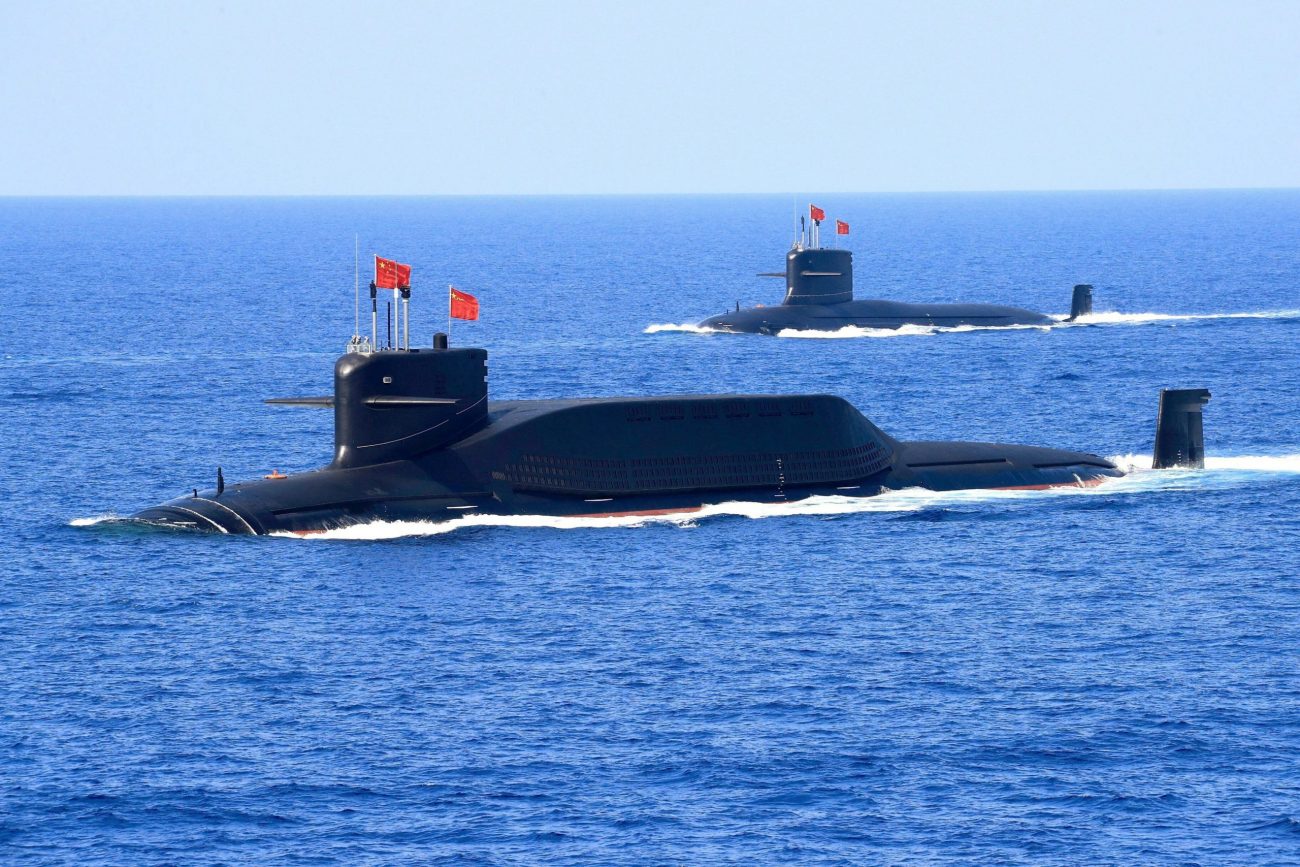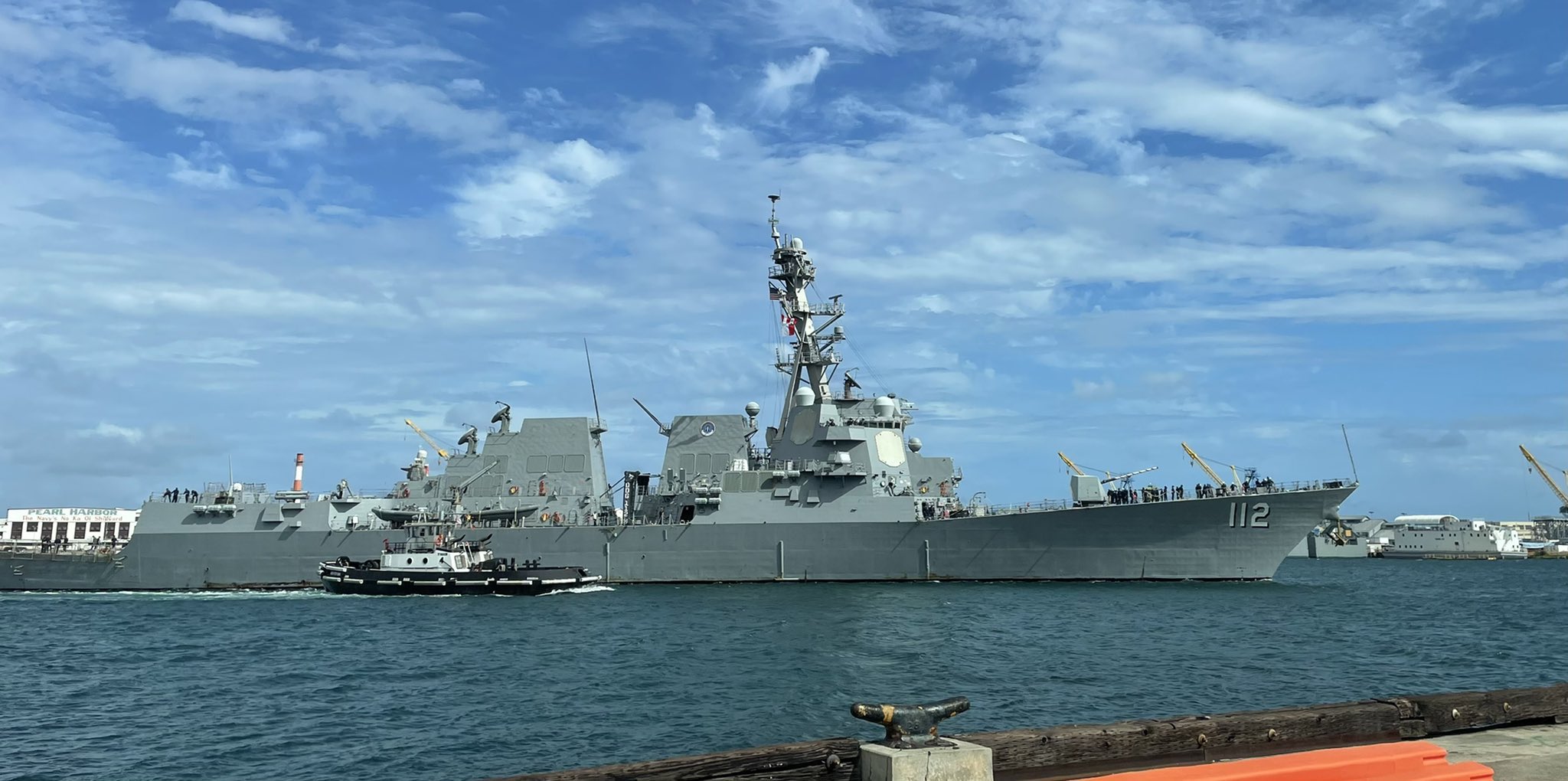As tensions continue to rise between the United States (US) and China, a recent Department of Defense (DoD) report has revealed that the US has a problem of ‘insufficient logistics’ in Asia that could pose a serious hurdle for the US military in the event of an armed conflict.
The US Department of Defense fears that American forces in Asia lack sufficient logistic capabilities to refuel and rearm in the event of a regional military confrontation, a document has revealed.
This observation gains significance as the war in Ukraine has exposed the weakness of Russian supply chains and logistical shortcomings. Due to being overstretched, the Kremlin decided to give up on Kyiv and focus on the Eastern Ukraine territory as it could be resupplied.
The Pentagon’s assessment, which was included in the long-term program planning document for the US Pacific Deterrence Initiative (PDI), had a sense of urgency. The document was presented to Congress in mid-April. The tensions in the region could be believed to be the reason for the urgency.

Last year, the PDI was created to boost the US military’s posture and preparedness in the Indo-Pacific region. The purpose of the PDI is to promote openness, identify critical Indo-Pacific investments, and allow Congress to analyze, evaluate, and change those efforts over time.
The Pentagon now estimates that the PDI will require $27.1 billion in funding over five years, starting with the fiscal year 2023, which begins in October. The amount is almost 20% higher than what the Indo-Pacific Command sought for the same period in February 2021.
“Current theater logistics posture and capability to sustain the force are inadequate to support operations specifically in a contested environment,” cautions the document at a time when the military experts are discussing the lessons learned from the Russian war.
The problem of insufficient logistics becomes even more pronounced in the face of a weaker US Navy as compared to that of China. Any conflict between the two adversaries would be fought over the seas and using airpower, with a very limited role of land warfare, if at all.

Earlier, the House Armed Services Committee (HASC) Chair Donald Norcross categorically stated that the US Navy has fallen behind its adversaries by reducing its equipment and active programs. The US Navy faces a lack of F-35 strike fighter jets.
The US Navy Chief Admiral Michael Gilday also admitted that China is a formidable military enemy that is constantly developing and achieving its goals years ahead of schedule, putting pressure on the US Navy to respond effectively to the growing danger. According to US estimates, China has the biggest navy in the world by fleet size.
How Will The US Fight China?
Starting from the fiscal year 2023, the Pentagon has proposed spending $1.02 billion on logistics over five years. For America’s capacity to resupply its forces, the quantity of ammunition, fuel, food, and medical supplies that can be stockpiled in forward positions before a fight breaks out will be critical.
In the event of an armed conflict with China, the Chinese forces are likely to try to prevent the US military from moving beyond the so-called second island chain, which spans from Japan’s Ogasawara Islands through the US territory of Guam and on to Papua New Guinea.
The US has renewed its focus on Guam as a launchpad and supply base, with a high secretive US nuclear submarine making a rare port call at Guam in January. However, China’s arsenal has long-range missiles that could destroy US assets as far as Guam. The Chinese DF-26 missile is one such missile that could pose a serious threat to the US.
On the other hand, China has a very sophisticated Anti-Access/ Area Denial system that gives it an advantage over the US. Even though US Pacific Commander Kenneth Wilsbach suggested using UAVs as attritable aircraft, US forces would still fight jets and bombers to challenge Beijing.
To support its fleet of fighter jets, the US would need mid-air refuellers and tankers to support US jets for long-range missions. Experts have suggested that China could target American aerial tankers to cripple its topline fighters like F-35s and F-22s.
Meanwhile, the Pentagon has suggested extending jet fuel storage capacities at the US Marine air station in Iwakuni, Japan. “Bulk tanks will store the war reserve jet fuel required to sustain contingency operations pending resupply by tanker ships,” the document says.
This move appears to be in response to the possibility of a military conflict in the Taiwan Strait or the East China Sea. The plans also included increasing fuel storage at Tokyo’s Yokota Air Base.
Currently, there are seven US military facilities in Japan, including Yokota Air Base in Tokyo.
Territory’s largest fuel storage project is underway, delivering 400 jobs during construction & key to servicing US defence operations. The $270 million facility will be managed & operated by Crowley Australia. This is another economic milestone for the region. pic.twitter.com/Bgk5SDeDNY
— Michael Gunner (@fanniebay) January 18, 2022
The US is also building a fuel storage facility in Australia’s Northern Territory. Located fifteen kilometers away from Darwin, the East Arm fuel storage facility will be able to store 300 million liters of military jet fuel by September 2023, supporting American operations in the Indo-Pacific.
The United States is also reportedly working on high-speed maneuverable support vessels that will be deployed in the Indo-Pacific. The ships will be able to deliver guns and other supplies to the island’s defense.
Further, plans are also in the works to adopt a different model of operations, known as the Expeditionary Advanced Base Operations.
Expeditionary Advanced Base Operations
In a kind of warfare known as Expeditionary Advanced Base operations, the US Marines are looking to disperse forces along the first island chain, which spans Okinawa, Taiwan, and the Philippines.
This would entail setting up temporary staging bases for anti-ship missiles, air defenses, and information gathering that are only used for a brief period before being moved on to the next place.
Even a half-dozen such locations may prevent China’s fleet from accessing broad swaths of the Pacific Ocean. Such a threat, as Thomas Mahnken pointed out, would have a significant deterrent effect on Chinese strategic calculations.
Furthermore, EABO’s potential impact is not confined to the Pacific.
For example, fires-complexes strategically located in Northern Europe might encircle Russia’s Northern and Baltic Fleets, preventing them from entering into Atlantic commerce routes, writes Dr. James Lacey for War on the Rocks.

By deploying A2D2 systems within the first and second island chains, EABO allows the US to avoid breaking Field Marshall Montgomery’s first rule of warfare: don’t fight on the Asian mainland with your land force.
Furthermore, the US Marine Corps could assure that time would be on its side in any future fight by adopting EABO as its core strategic idea in the Pacific.
EABO is still just an idea, and there is still a lot of work to be done. The Marine Corps, for example, still needs to develop and purchase the long-range missiles and other fire weapons needed to put the concept into action.
Furthermore, as with any new operational concept, more testing is needed to fine-tune the organizational structures, weapons systems, and logistics that will allow EABO to be carried out in contested areas.
It will take around three weeks to send reinforcements from the West Coast of the United States to northeast Asia. However, improvements in China’s missile capabilities may prevent them from ever reaching the front lines.
“Now that the United States has lost clear maritime primacy, it needs allies like Japan to step up in supporting the logistics in critical situations and emergencies,” said Patrick Cronin, Asia-Pacific Security Chair at the Hudson Institute in Washington.
As tensions keep rising in the Indo-Pacific region, the US must enhance its logistics supply and deepen military cooperation with partners and allies in the region.
- Contact the author at sakshi.tiwari9555@gmail.com
- Follow EurAsian Times on Google News




